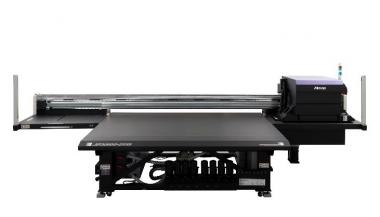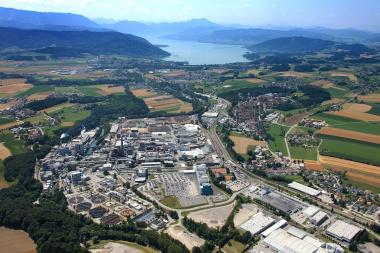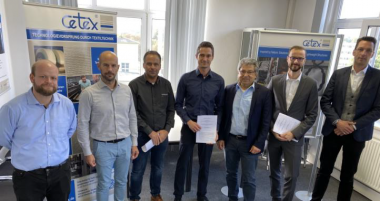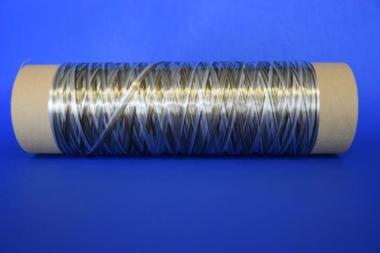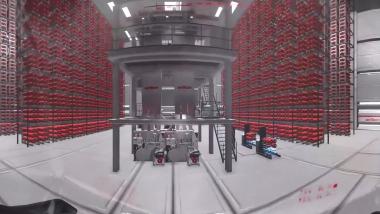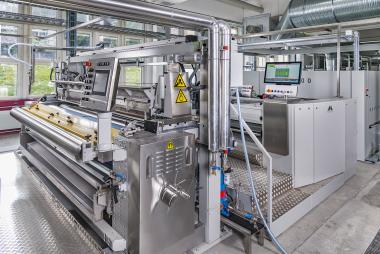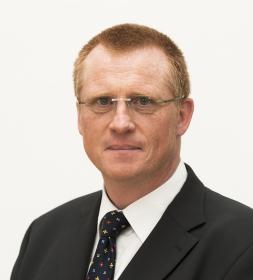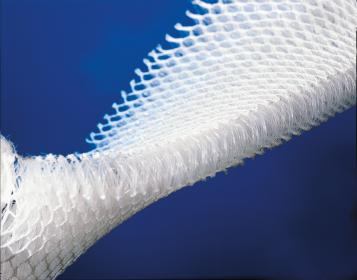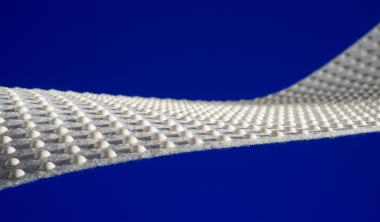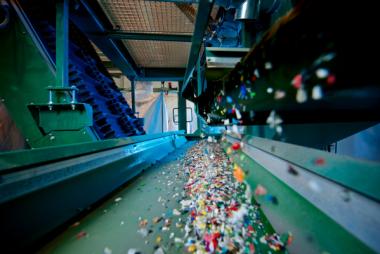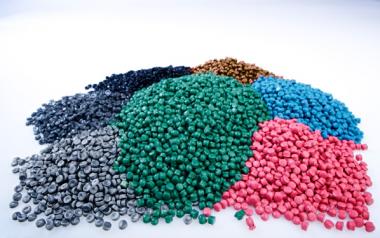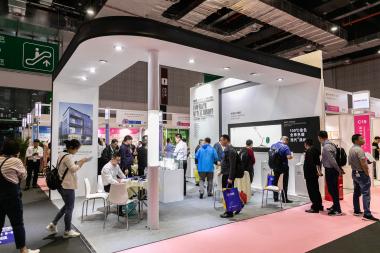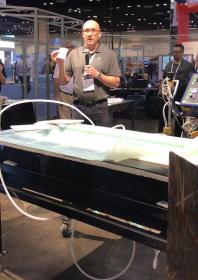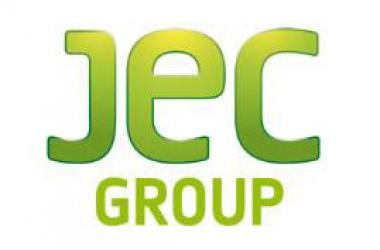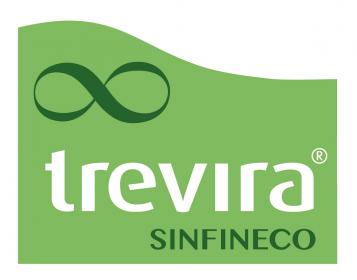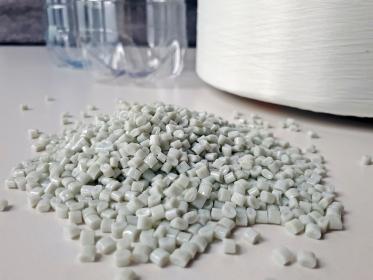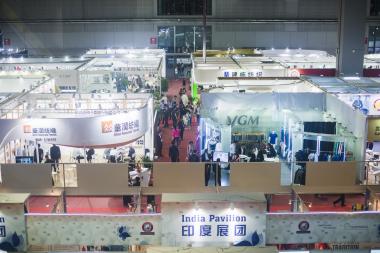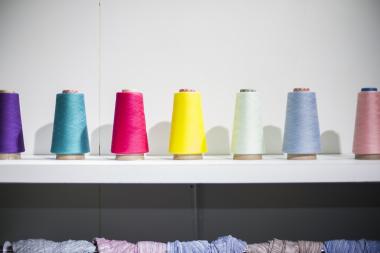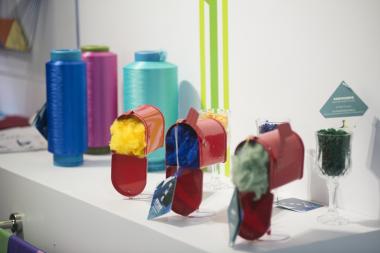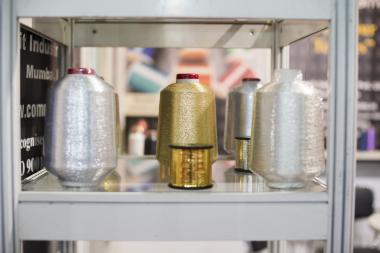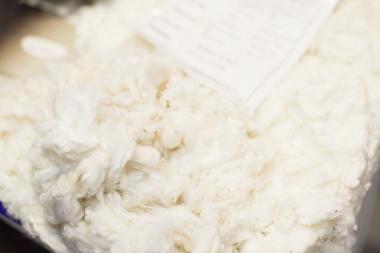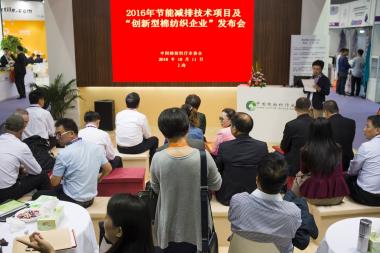Autoneum appoints new Head of Corporate Communications
Claudia Güntert has been appointed Head of Corporate Communications at Autoneum as of November 1, 2021. She succeeds the Corporate Communications Head, Dr. Anahid Rickmann, who will be leaving the company per end of August 2021.
Claudia Güntert studied Jurisprudence at the University of Basel, Switzerland, as well as German and Eastern European Literature at the Universities of Basel and Zurich, Switzerland.
From 2008 to 2013, she was Marketing & Product Communications Manager at Von Roll Management AG in Wädenswil, Switzerland. She thereby gained broad experience in marketing and customer communications in the industry and a deep understanding of the industrial relations between suppliers and their customers. From 2013 until 2021, she was Head of Corporate Communications & Investor Relations at Von Roll Holding AG in Wädenswil and Breitenbach, Switzerland. In this leading position, she expanded her expertise in internal and external communication with a focus on company vision and strategy, branding, global change management, and social media presence. Claudia Güntert will report to Matthias Holzammer, CEO.
Dr. Anahid Rickmann leaves Autoneum at the end of August at her own request. After almost nine years of service, she has decided to take on a new professional challenge. Anahid Rickmann strategically realigned the Company's communications after it became independent in 2011 and significantly shaped Autoneum's external perception and reputation. Her particular achievements include the measurable success of external communications, brand positioning and the launch of Autoneum's corporate responsibility strategy. CEO Matthias Holzammer and the Board of Directors would like to thank Anahid Rickmann sincerely for her successful, always dedicated and loyal service to Autoneum and wish her the best for her personal and professional future.
For September and October 2021, Luzia Schoeck, Communications Manager, will act as interim Head of Corporate Communications.
Autoneum






